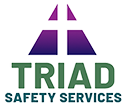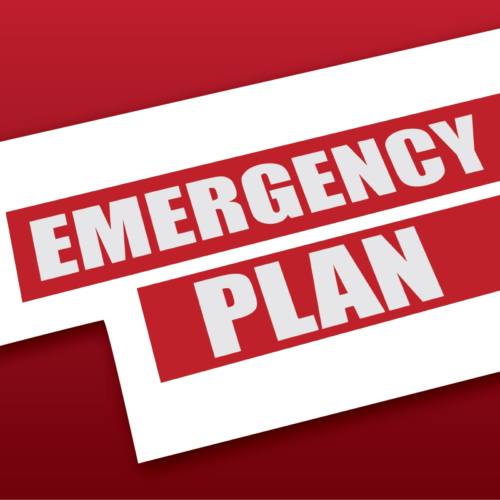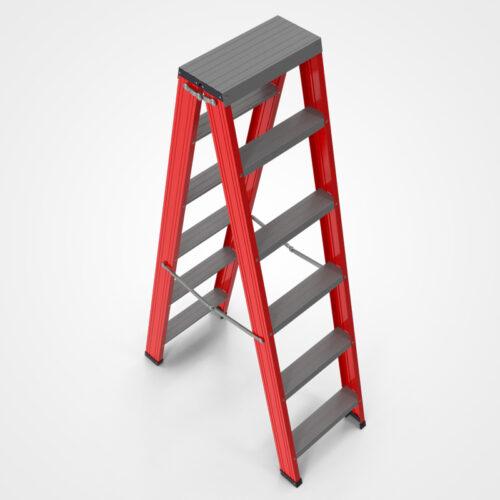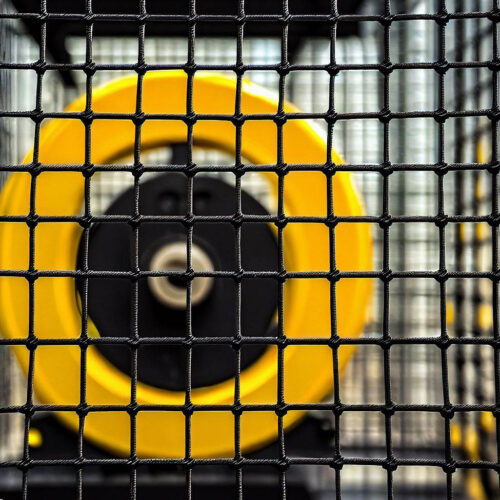OUR RESOURCE PACKAGES
What every Safety Director needs!
- Reduce risk of accidents and injuries.
- Comply with OSHA.
- And the time to put it all together.
We’ve done all the prep work for you. Twenty safety topics we call “Safety Resource Packages” currently include:
Aerial Lift, Bloodborne Path, Confined Space, Electrical, Emergency Action Plan, Fall Protection, Fire Protection, Hazard Communication, Hearing Protection, Ladders, Lockout/Tagout, Machine Guarding, Medical / First Aid, PPE, Powered Industrial Trucks, Respiratory Protection, Scaffolding, Scissor Lifts, Trenching & Excavations, and Welding & Cutting.
Each safety resource package contains a training lesson plan, a compliance checklist, a PowerPoint, a list of best practices, quiz, handouts, toolbox talks, and a bunch of resources that help you save time, be more effective, and be a Super Safety Director.
BUY RESOURCE PACKAGES HERE
-
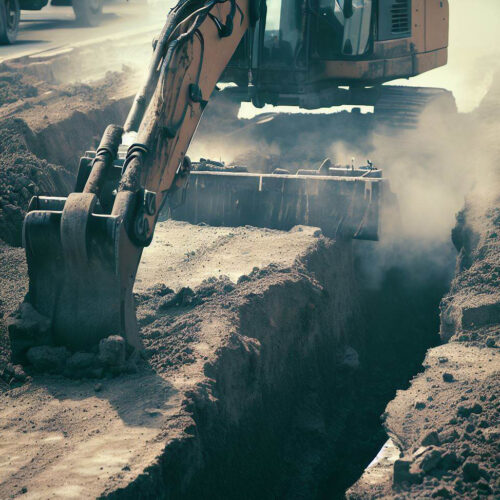 Trenching and Excavations are among the most hazardous construction operations. Cave-ins pose the greatest risk and are more likely than some other excavation-related incidents to result in worker fatalities. When done safely, trenching operations can reduce worker exposure to cave-ins, falling loads, hazardous atmospheres, and hazards from mobile equipment. OSHA requirements include Competent Person, inspections, proper access, training, and much more.
Trenching and Excavations are among the most hazardous construction operations. Cave-ins pose the greatest risk and are more likely than some other excavation-related incidents to result in worker fatalities. When done safely, trenching operations can reduce worker exposure to cave-ins, falling loads, hazardous atmospheres, and hazards from mobile equipment. OSHA requirements include Competent Person, inspections, proper access, training, and much more. -
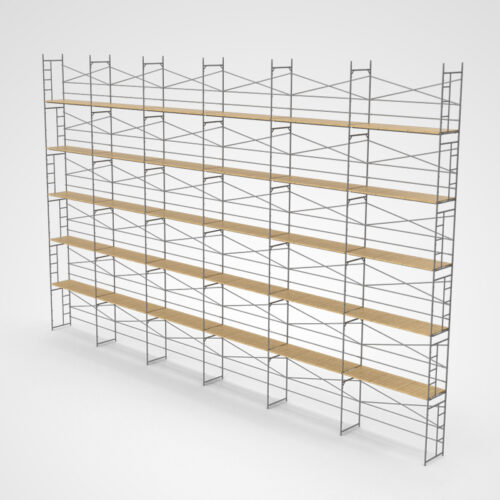 Millions of workers in the construction industry work on scaffolds. Scaffold incidents causing injury or death to workers is often the result of either the planking or support giving way, by the worker slipping, the absence of fall protection, or being struck by a falling object. Preventing scaffold accidents include design by a qualified person, fall protection, proper guardrails, platform construction, safe access, inspections, training, and much more.
Millions of workers in the construction industry work on scaffolds. Scaffold incidents causing injury or death to workers is often the result of either the planking or support giving way, by the worker slipping, the absence of fall protection, or being struck by a falling object. Preventing scaffold accidents include design by a qualified person, fall protection, proper guardrails, platform construction, safe access, inspections, training, and much more. -
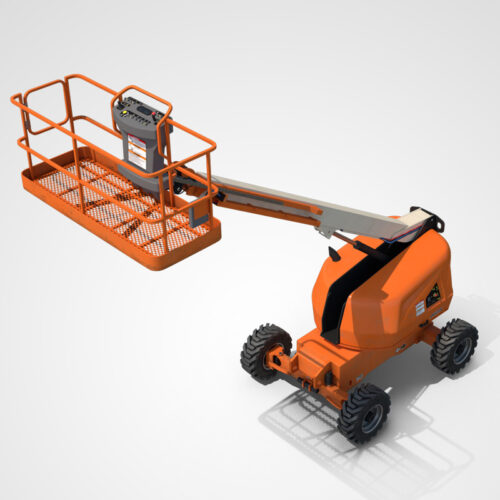 Aerial Work Platforms (AWPs) are now called Mobile Elevating Work Platforms (MEWPs). Aerial lifts have replaced ladders and scaffolding on many job sites due to their mobility and flexibility, however many workers are injured or killed on them each year. An aerial lift is any vehicle-mounted device used to elevate personnel, most commonly include articulating (jointed) boom platforms and extendable boom platforms. Most frequent hazards are falls, electrocutions and tip-overs.
Aerial Work Platforms (AWPs) are now called Mobile Elevating Work Platforms (MEWPs). Aerial lifts have replaced ladders and scaffolding on many job sites due to their mobility and flexibility, however many workers are injured or killed on them each year. An aerial lift is any vehicle-mounted device used to elevate personnel, most commonly include articulating (jointed) boom platforms and extendable boom platforms. Most frequent hazards are falls, electrocutions and tip-overs. -
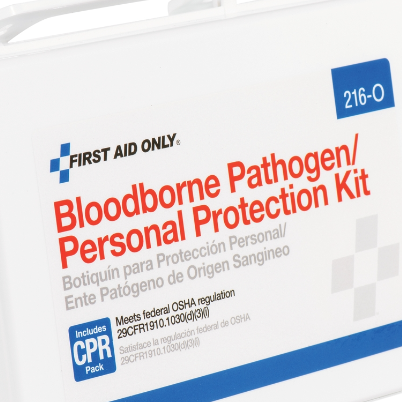 Bloodborne pathogens are infectious microorganisms in human blood that can cause disease in humans. These pathogens include, but are not limited to, hepatitis B (HBV), hepatitis C (HCV) and human immunodeficiency virus (HIV). Key terms are Exposure Control Plans, Universal Precautions, Bloodborne Path Kits, Personal Protective Equipment Hepatitis B Vaccination, and Post-exposure follow-up.
Bloodborne pathogens are infectious microorganisms in human blood that can cause disease in humans. These pathogens include, but are not limited to, hepatitis B (HBV), hepatitis C (HCV) and human immunodeficiency virus (HIV). Key terms are Exposure Control Plans, Universal Precautions, Bloodborne Path Kits, Personal Protective Equipment Hepatitis B Vaccination, and Post-exposure follow-up. -
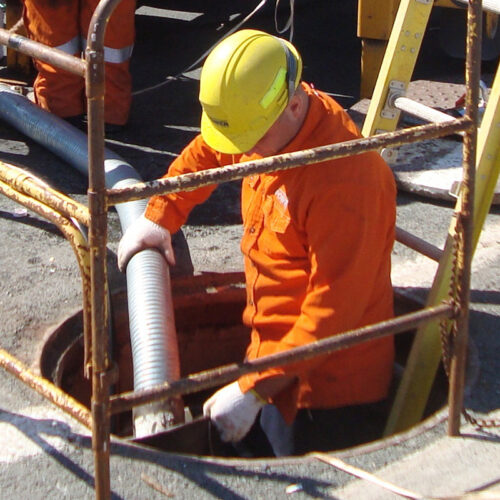 Confined spaces may be encountered in both General Industry and Construction and pose numerous physical and environmental hazards. Critical is the need for employers to understand the risks, the regulations, and implement training and hazard mitigation techniques. Employees must have proper training, equipment, and work procedures to safely enter.
Confined spaces may be encountered in both General Industry and Construction and pose numerous physical and environmental hazards. Critical is the need for employers to understand the risks, the regulations, and implement training and hazard mitigation techniques. Employees must have proper training, equipment, and work procedures to safely enter. -
 Electricity has long been recognized as a serious workplace hazard, exposing employees to electric shock, electrocution, burns, fires, and explosion. Electrical hazards cause more than 300 electrocutions and 4,000 injuries in the workplace each year. The construction industry leading with the highest electrical fatality rate.
Electricity has long been recognized as a serious workplace hazard, exposing employees to electric shock, electrocution, burns, fires, and explosion. Electrical hazards cause more than 300 electrocutions and 4,000 injuries in the workplace each year. The construction industry leading with the highest electrical fatality rate. -
 Falls are among the most common causes of serious work-related injuries and the leading cause of death in construction. Prevention is the key and it starts with planning to identify the hazards, providing the right fall protection equipment, and training workers on hazard recognition and mitigation.
Falls are among the most common causes of serious work-related injuries and the leading cause of death in construction. Prevention is the key and it starts with planning to identify the hazards, providing the right fall protection equipment, and training workers on hazard recognition and mitigation. -
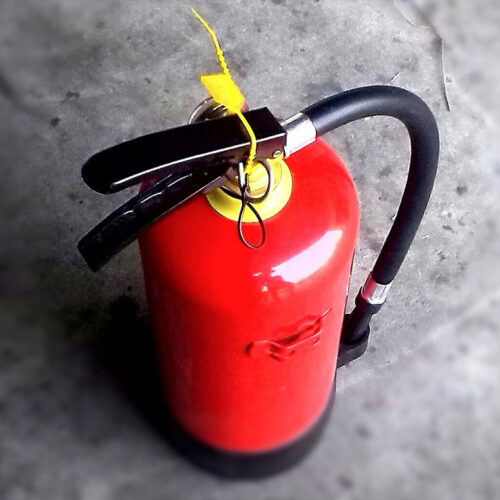 There are an average of 37,000 fires at industrial facilities every year (NFPA). These fires are catastrophic and cause serious and fatal injuries, and cost billions of dollars annually. The purpose of the fire prevention plan is to eliminate the causes of fire, prevent los of life and property and to comply with OSHA. OSHA strongly recommends that all employers have a fire prevention plan, but it is only required in a few regulations.
There are an average of 37,000 fires at industrial facilities every year (NFPA). These fires are catastrophic and cause serious and fatal injuries, and cost billions of dollars annually. The purpose of the fire prevention plan is to eliminate the causes of fire, prevent los of life and property and to comply with OSHA. OSHA strongly recommends that all employers have a fire prevention plan, but it is only required in a few regulations. -
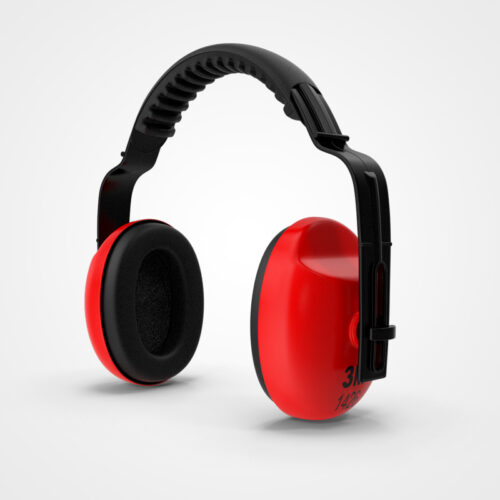 The Center for Disease Control (CDC) estimates that 22 million workers are exposed to potentially damaging noise at work each year. The result is permanent hearing loss that cannot be corrected through surgery or with medicine. Key terms are: Noise Monitoring, Written Hearing Conservation Program, Engineering Controls, PPE, and Employee Safety Training.
The Center for Disease Control (CDC) estimates that 22 million workers are exposed to potentially damaging noise at work each year. The result is permanent hearing loss that cannot be corrected through surgery or with medicine. Key terms are: Noise Monitoring, Written Hearing Conservation Program, Engineering Controls, PPE, and Employee Safety Training. -
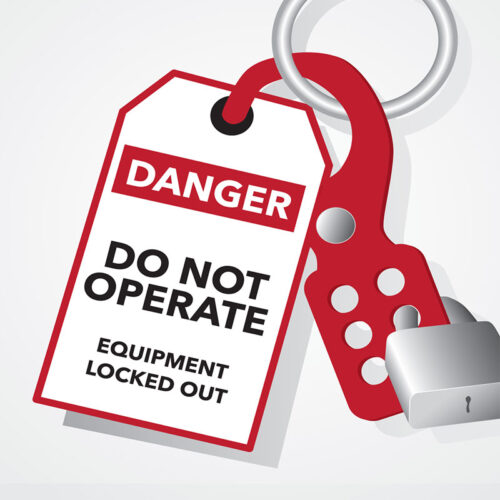 “Lockout/tagout”, aka The Control of Hazardous Energy, refers to specific practices and procedures to safeguard employees from the unexpected energization or startup of machinery and equipment, or the release of hazardous energy during service or maintenance activities. To help avoid accidents, injuries, and OSHA citations, look here to find all you need to implement an effective LOTO program.
“Lockout/tagout”, aka The Control of Hazardous Energy, refers to specific practices and procedures to safeguard employees from the unexpected energization or startup of machinery and equipment, or the release of hazardous energy during service or maintenance activities. To help avoid accidents, injuries, and OSHA citations, look here to find all you need to implement an effective LOTO program. -
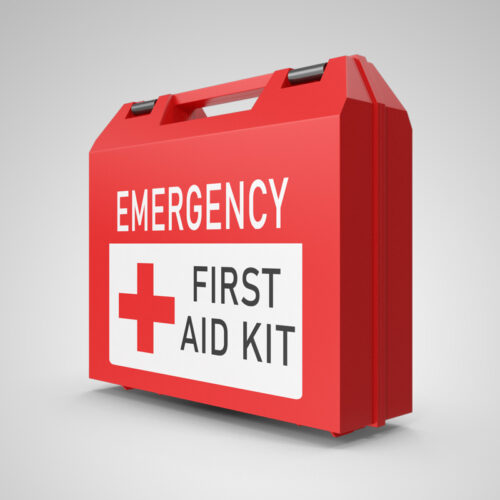 First aid is emergency care provided for injury or sudden illness before emergency medical treatment arrives. Most companies are required to have a first-aid provider trained in first aid and CPR to intervene while waiting for Emergency Medical Service (EMS). Enclosed are documents to help you better investigate accidents, respond to medical emergencies and to comply with OSHA.
First aid is emergency care provided for injury or sudden illness before emergency medical treatment arrives. Most companies are required to have a first-aid provider trained in first aid and CPR to intervene while waiting for Emergency Medical Service (EMS). Enclosed are documents to help you better investigate accidents, respond to medical emergencies and to comply with OSHA. -
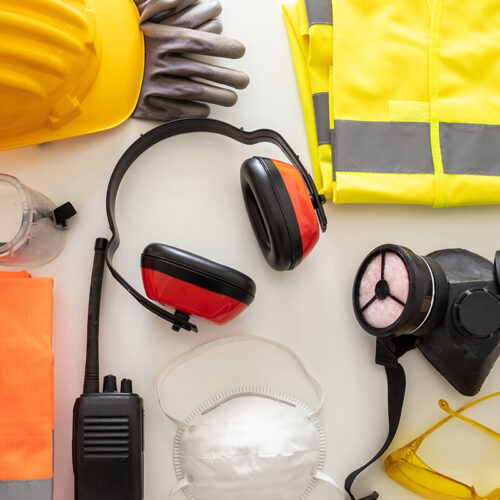 PPE is designed to protect workers from workplace injuries or illnesses resulting from contact with physical, mechanical, chemical, radiological, electrical or other workplace hazards. PPE is important because creates a barrier against workplace hazards thus reducing risk of injury. Provided resources can help you conduct the PPE Hazard Assessment, employee training and much more.
PPE is designed to protect workers from workplace injuries or illnesses resulting from contact with physical, mechanical, chemical, radiological, electrical or other workplace hazards. PPE is important because creates a barrier against workplace hazards thus reducing risk of injury. Provided resources can help you conduct the PPE Hazard Assessment, employee training and much more. -
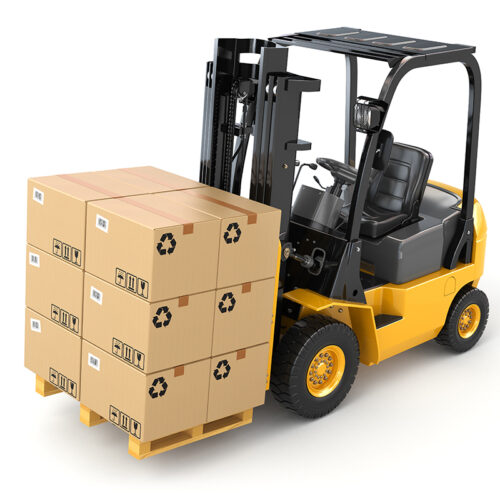 Forklifts are involved in about 85 fatalities and 7,000 serious injuries per year. Accidents frequently involve tip-overs, loads falling and crushing people, and hitting pedestrians. OSHA imposes many safety requirements including training and inspections. The documents and resources provided here can help you reduce the risk of accidents and improve your knowledge and handling your forklift program.
Forklifts are involved in about 85 fatalities and 7,000 serious injuries per year. Accidents frequently involve tip-overs, loads falling and crushing people, and hitting pedestrians. OSHA imposes many safety requirements including training and inspections. The documents and resources provided here can help you reduce the risk of accidents and improve your knowledge and handling your forklift program. -
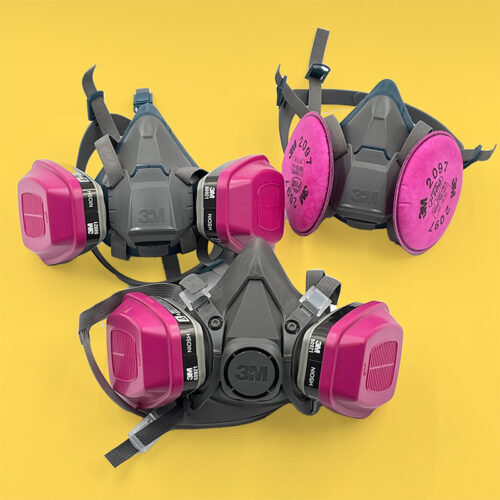 Protect the individual wearer against the inhalation of hazardous substances and/or an oxygen-deficient atmosphere. Hazards include serious injury and death. Major requirements are a written program, annual training, medical evaluation and fit testing. We have just about everything you need, right here, to get the job done.
Protect the individual wearer against the inhalation of hazardous substances and/or an oxygen-deficient atmosphere. Hazards include serious injury and death. Major requirements are a written program, annual training, medical evaluation and fit testing. We have just about everything you need, right here, to get the job done. -
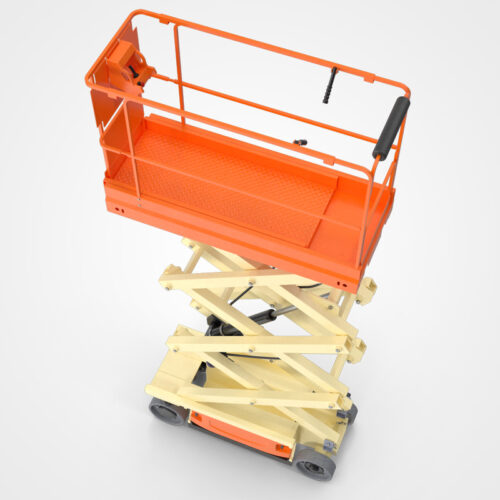 Scissor lifts are a type of Aerial Lift used to safely move workers vertically. OSHA regulates scissor lifts under the “Scaffolding Standard”. Hazards include falling from lifts, tipping over, and being crushed between the lift and other objects. Compliance is easy when you have the enclosed safety material in your hands.
Scissor lifts are a type of Aerial Lift used to safely move workers vertically. OSHA regulates scissor lifts under the “Scaffolding Standard”. Hazards include falling from lifts, tipping over, and being crushed between the lift and other objects. Compliance is easy when you have the enclosed safety material in your hands. -
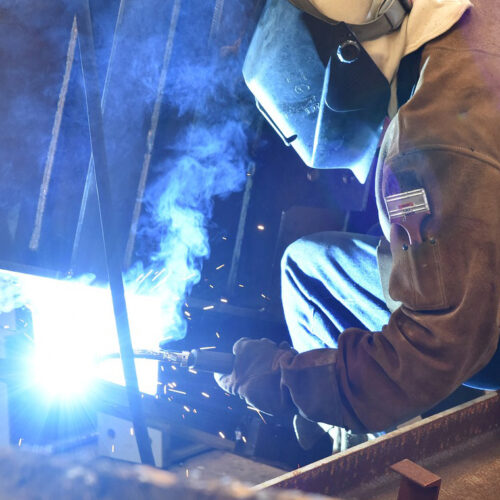 A major cause of fire, explosions, and burn injuries. Other hazards include toxic fumes, gases, radiant energy and electrical. Hexavalent Chromium, Cr(VI), is known to cause cancer. It targets the respiratory system, kidneys, liver, skin and eyes. Check out all the available resources to help the Safety Director better understand the hazards and regulatory requirements.
A major cause of fire, explosions, and burn injuries. Other hazards include toxic fumes, gases, radiant energy and electrical. Hexavalent Chromium, Cr(VI), is known to cause cancer. It targets the respiratory system, kidneys, liver, skin and eyes. Check out all the available resources to help the Safety Director better understand the hazards and regulatory requirements. -
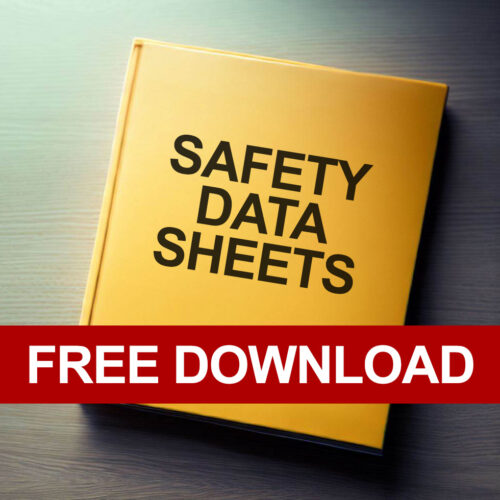 The purpose of a Hazard Communication Program is to protect people from injuries and illnesses associated with using hazardous chemicals in the workplace. People have the right-to-know and understand the hazards and identities of the chemicals they are exposed to at work. Key requirements are: Written Plan, Chemical Inventory, Safety Data Sheets, Proper Labeling and Employee Training.
The purpose of a Hazard Communication Program is to protect people from injuries and illnesses associated with using hazardous chemicals in the workplace. People have the right-to-know and understand the hazards and identities of the chemicals they are exposed to at work. Key requirements are: Written Plan, Chemical Inventory, Safety Data Sheets, Proper Labeling and Employee Training.
